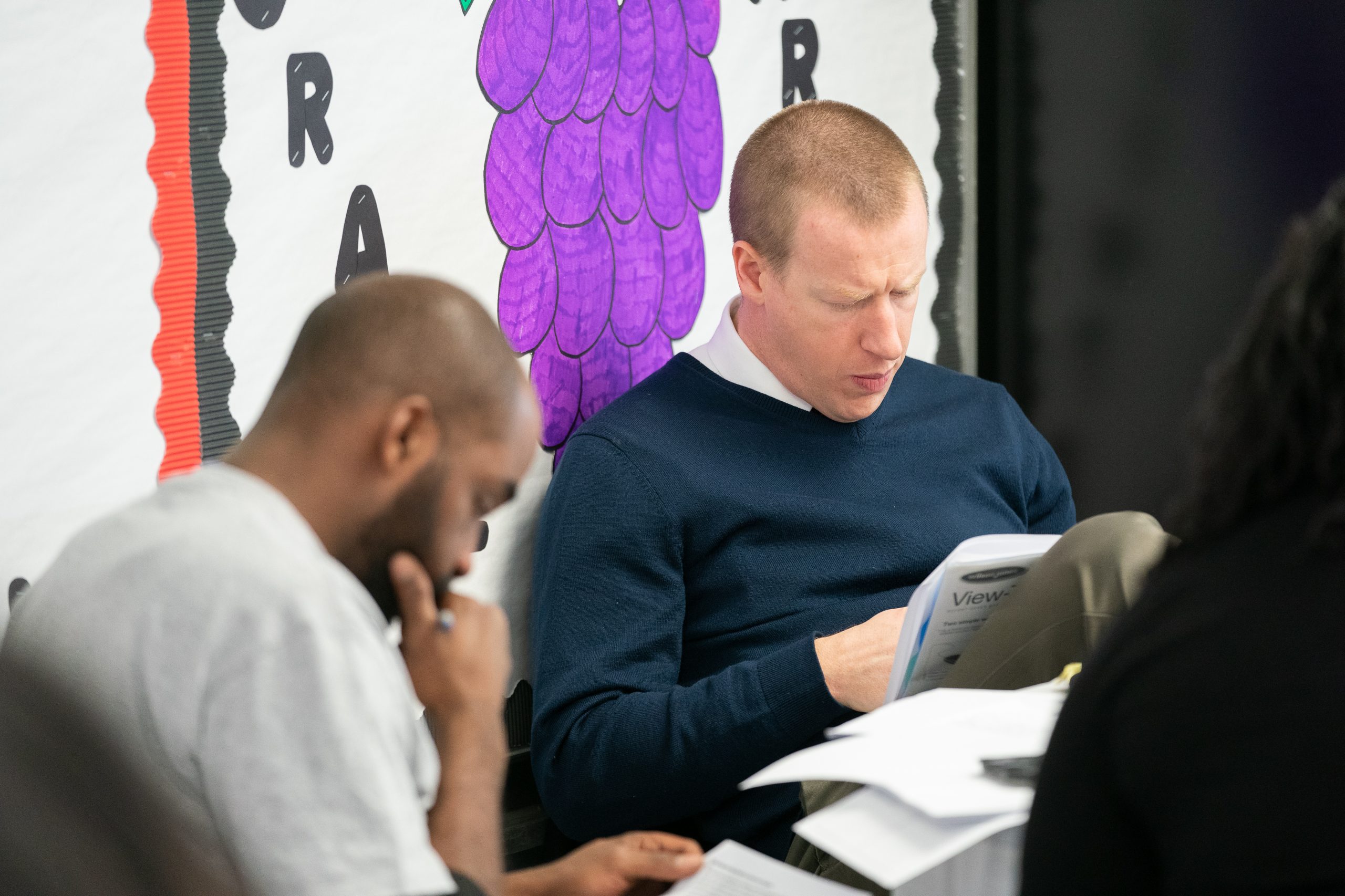Announcing Turnaround for Children’s Tiered System of Supports Identification Phase

“How can we as educators and caregivers better understand and determine when young people need more support? It can be easy to inadvertently place blame on our youth for failing to meet expectations. The Identification Phase of your Tiered System of Supports is the initial step in the process of providing additional support to students.”
 By Renee Prince, LCSW and Dawn Foreman, M. Ed.
By Renee Prince, LCSW and Dawn Foreman, M. Ed.
Now that we’ve shared our approach to Tiered Systems of Support and your school has assessed the health of its system, it’s time to start thinking about how to determine which students need additional support.
The first phase in our Tiered System of Supports approach is the Identification Phase. This phase consists of the time and space educators take to determine, through the process of self-reflection, which students would benefit from additional supports.
The goals of the Identification Phase are the following:
- To challenge potential inequitable beliefs and practices held by educators and schools
- To develop a deeper understanding of the student
- To refine teacher mindset and practice
- To be responsive to students in a timely and equitable manner
The Identification Phase is the first step in dismantling schoolwide systems that problematize the child and ultimately contribute to a negative student experience. All students have strengths and talents, yet they may not always come to school with the prerequisite skills needed to be successful. In many schools, those students whose strengths and talents have not been uncovered or who have not yet developed the foundational school readiness skills are viewed as if something is “wrong” with them.
The self-reflective nature of the Identification Phase gives educators an opportunity to explore the mindsets they hold about students and their families. In addition, it includes time to examine broader schoolwide systems, structures, and practices that may contribute to inequitable responses that lead to inequitable outcomes for students. For example, when a student is struggling, emphasis is often placed on their deficits rather than the assets of the student and their family. Thus, the response is often punitive because educators and/or the school haven’t considered the context of that student and how to better support them. The end result is that the student is often left feeling blamed for their academic/behavioral challenges, which consequently deepens the barriers to reaching their full potential and achievement of academic success. The exploratory and reflective actions an educator engages in during the Identification Phase help to mitigate against perspectives based in implicit bias and provide a space to change the narrative.
Turnaround for Children offers several tools to support educators in the process of identifying students who may need additional support:
- Tiered System of Supports: Indicators of Need
- Tiered System of Supports: Identification Phase Guiding Questions
Also included in the Identification Phase is a narrative showing two approaches to how an educator might respond to a student who needs additional support.
Access the Identification Phase tools and resources on the Toolbox by creating a free account.

Share This Story